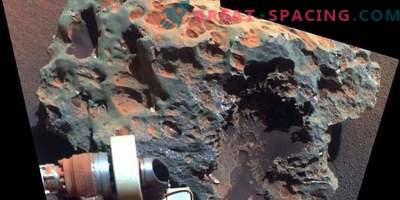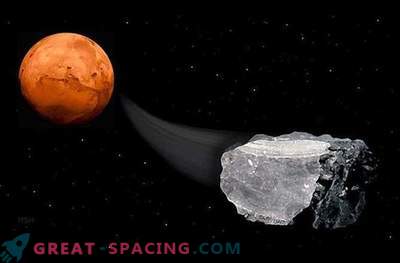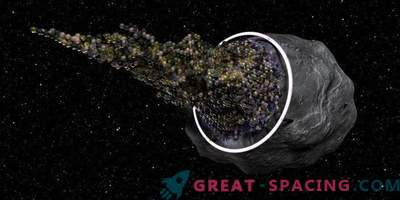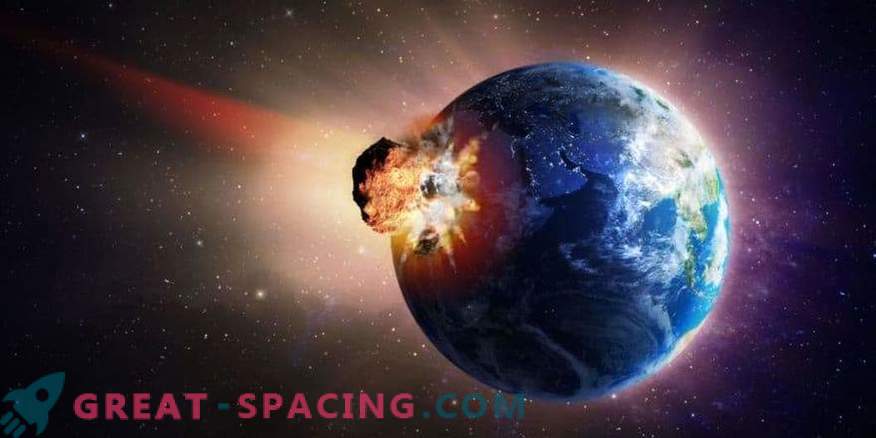
We are always a little wary of looking at the sky, because periodically our planet is attacked by space rocks. One version of the Doomsday includes the fall of a giant asteroid that will destroy all of humanity. But is it all so scary as we think? And does life have chances?
The researchers decided to seriously address this issue, and came to two interesting conclusions. The first is that a blow powerful enough to destroy life will tear a large amount of terrestrial material into orbit around the Sun. But in the future, most of these fragments will return to our wounded planet, which means that life can potentially be revived again. At least, astine physicist Stein Sigurdsson thinks so.
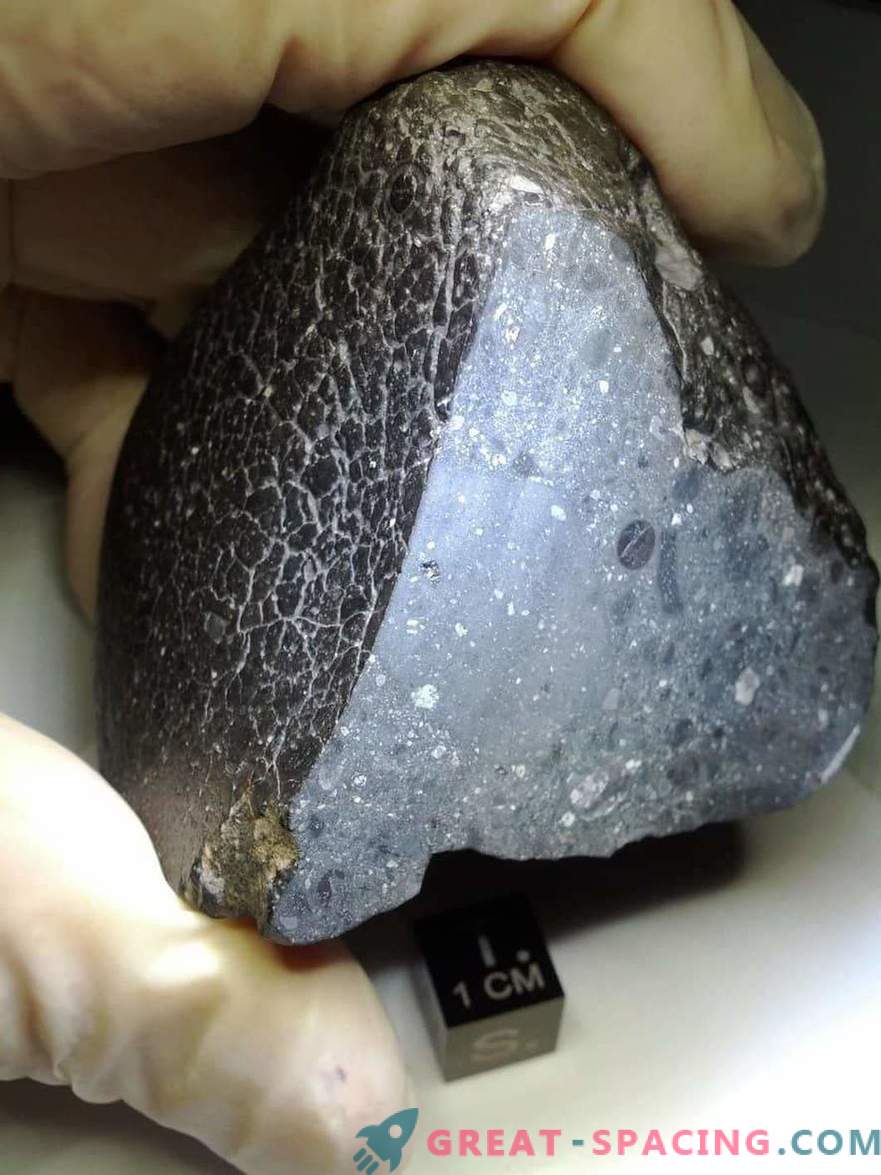
Basalt meteorites are scattered throughout the system. This specimen arrived from Mars in northwestern Africa. He was nicknamed “Black Beauty”. It has a relatively large water volume.
And here thrown stones? Well, they contain biological material, that is, life, which after a space flight will return to the planet and be revived according to an already familiar scenario. These findings were confirmed in a new computer simulation, where they tracked the flight paths of the detached earth material. Moreover, most of the material does not reach the escape rate, which means that in a short time it will again become part of the planet. The researchers created a model with a duration of 10 million years, which helped to track the flight of each piece. It turns out that a large asteroid will destroy the known to us humanity and civilization, but life still has a huge chance to return to the home planet and follow the familiar evolutionary path.
But scientists are excited by the second conclusion. The fact is that part of the material flies away from the Earth and goes towards other rocky planets. That is, the biological material is sent on a space trip and finds itself in another world, where it can take root. We find on Earth meteorites from Mars, so there is a hypothesis that life originally originated on another planet, and then moved to Earth.
That is, in the future, life can in the same way be on another planet (to get to Mars or Venus). The analysis shows that about 0.1% of the ejection occurs in the outer solar system, where it can potentially reach the satellites of Jupiter and Saturn, which have a favorable living environment. The percentage seems small, but it is tens of thousands of stones.
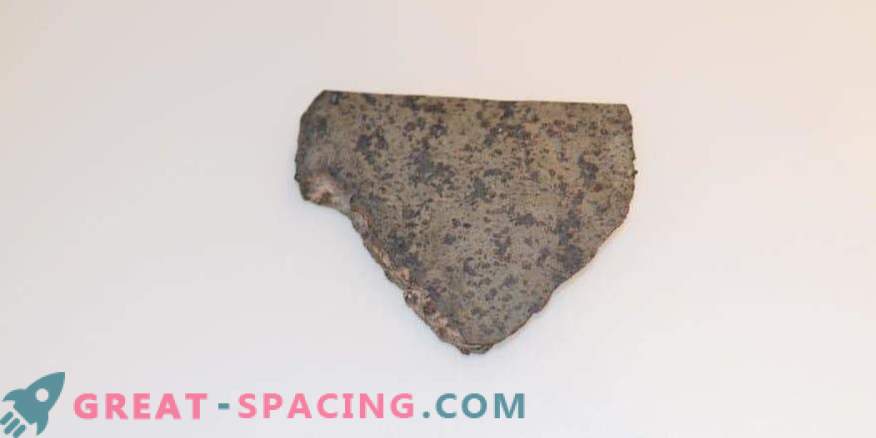
Close-up of a fragment of a Martian meteorite.
But this is not the most interesting. The fact is that some of the stones gradually fly away from the solar system. It turns out that we can assume that terrestrial or Martian life forms have already left our open spaces, and once reached the planet near another star. Or, in the distant past, emissions from another star system reached Earth, and created the life we know. So, our ancestors can live somewhere.
Of course, this idea has yet to be tested and proved, but the theory looks interesting and attractive. It offers a potential way of creating life on Earth, gives hope that even after an asteroid attack, earthly primitive forms will again inhabit the planet, and that part of the ejected material could create life on another planet inside or outside the solar system.





